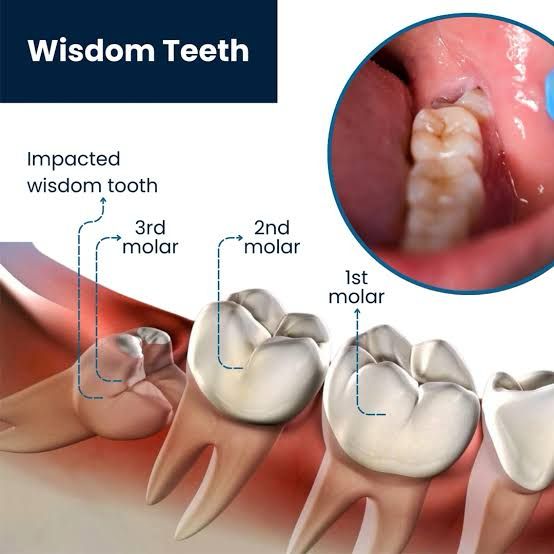Wisdom teeth may grow in smoothly – or not at all. For others, wisdom teeth can feel a little like party crashers, showing up late and causing problems.
Wisdom teeth tend to grow in much later than other permanent teeth, usually during late adolescence or early adulthood. If there isn’t enough room in your mouth for these new teeth or they erupt in a problematic way, you may experience infection, discomfort or other issues. In that case, there’s a good chance a dental professional will recommend removing some or all of your wisdom teeth.
What are “wisdom tooth”?
“Wisdom tooth” refers to a back molar that typically emerges after other permanent teeth have already erupted. Often, this happens between the ages of 17 to 25 years old (not always). These teeth are usually located in the four back corners of your mouth.

